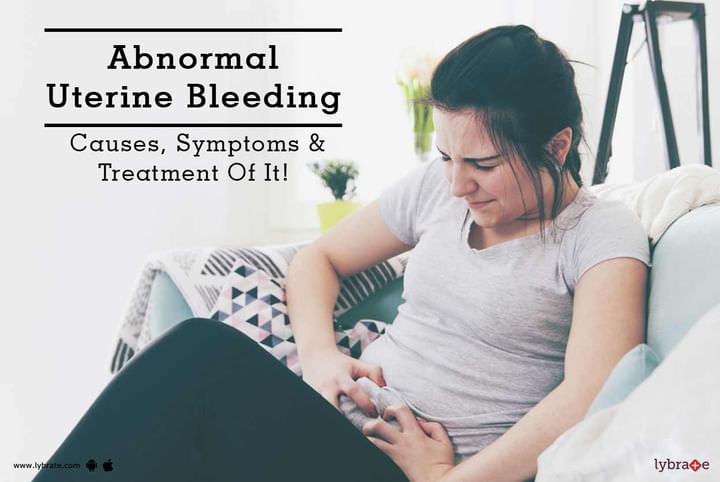Abnormal Uterine Bleeding - Causes, Symptoms & Treatment Of It!
Abnormal uterine bleeding, formerly known as dysfunctional uterine bleeding, is vaginal bleeding that cannot be related to pelvic injuries, miscarriage, pregnancyor menstrual cycle.
Symptoms:
-
The cycle changes and the bleeding become heavier.
-
Bleeding lasts for 7 days or more.
-
A tender or dry vagina.
-
Abnormal mood swings.
-
Hot flashes.
-
Excessive body hair, especially on the back, chest and face.
Causes:
-
The ovaries do not release an egg.
-
Changes in the hormone level.
-
Lower levels of oestrogen or progesterone.
-
Thickening of the uterine wall in women above 40 years of age.
-
Certain birth control pills can also cause abnormal bleeding.
-
Some women also complain of abnormal bleeding in their first few weeks of pregnancy.
Diagnostic Procedure:
-
The physician first checks the haemoglobin levels of the woman.
-
An ultrasound of the pelvic region is done to check for physical injuries.
-
Sometimes, an endometrial biopsy (the doctor checks a sample of the endometrium, which is the lining of the uterus) is also used to test the condition of the uterine lining.
-
Hysteroscopy, using a hysteroscope, is used to test the insides of the uterus. A hysteroscope is a thin tube that is inserted into the vagina for the examination of cervix as well as the insides of the uterus.
Treatment:
-
Younger women in the range of 18-23 years of age are usually treated using low doses of birth control pills.
-
Oestrogen therapy is used.
-
Painkillers such as ibuprofen are also prescribed before the beginning of the menstrual periods.
-
The increase of ‘progesterone’ through IUD. An IUD (intrauterine device) is a contraceptive device that is inserted into the uterus.
-
Cyclic hormone therapy is given to women above 40 years of age (Progesterone is administered in a periodic interval, usually about 4 weeks).
-
Women considering pregnancy are recommended hormone therapy to increase ovulation.
- Anaemic women are given iron supplements.



+1.svg)
